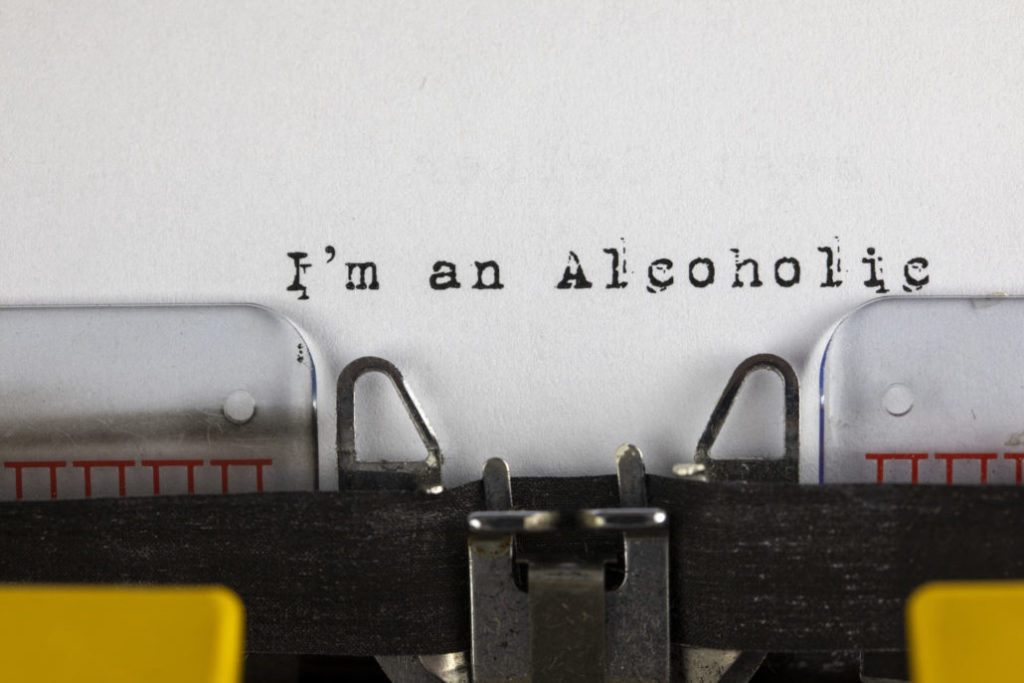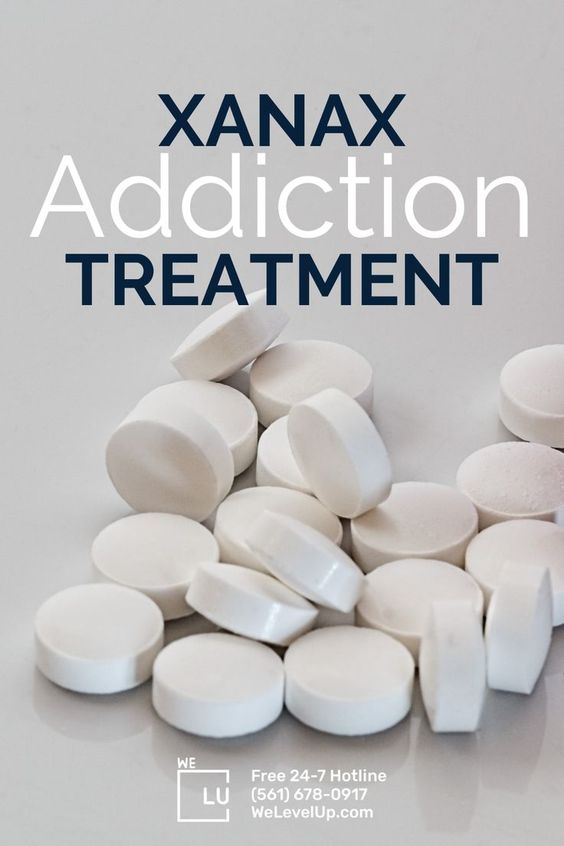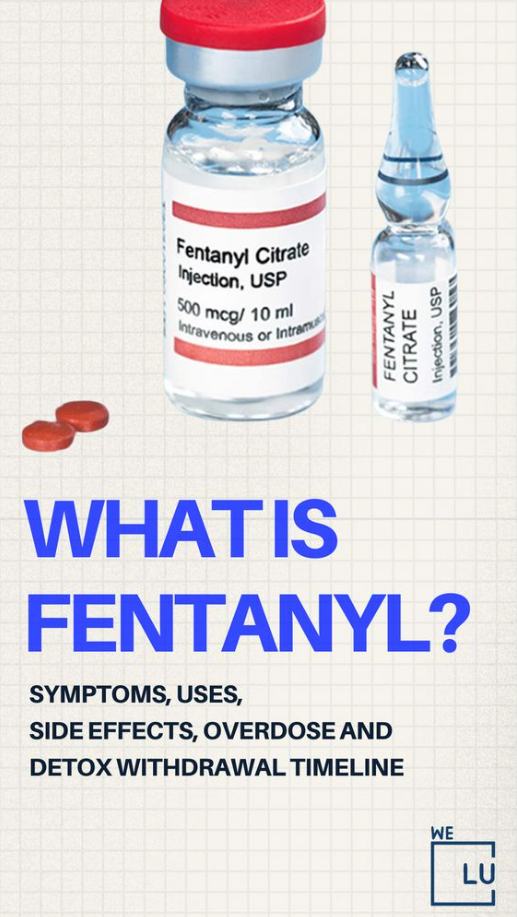What Causes Alcohol Withdrawal?
Alcohol addiction is a life-threatening condition that can lead to a constant health crisis and may even be fatal. Thus, immediate professional help is the only way to avoid harm to yourself or a loved one. A safe and comfortable alcohol detox is attainable if you seek professional help rather than detox by yourself and face harmful withdrawal symptoms.
Heavy drinkers who suddenly decrease their alcohol consumption or abstain completely may experience the effects of alcohol withdrawal (AW). Signs and symptoms of AW can include, among others, mild to moderate tremors, irritability, anxiety, or agitation. The most severe manifestations of withdrawal include delirium tremens, hallucinations, and seizures. These manifestations result from alcohol-induced imbalances in the brain chemistry that cause excessive neuronal activity if the alcohol is withheld.
Management of AW includes a thorough assessment of the severity of the patient’s symptoms and of any complicating conditions as well as treatment of the withdrawal symptoms with pharmacological and nonpharmacological approaches. Treatment can occur in inpatient rehab. Recognition and treatment of withdrawal can represent a first step in the patient’s recovery process.
There are two significant signs of alcohol addiction: tolerance and withdrawal. Alcohol addiction is a dangerous condition because it can ultimately become life-threatening. So, alcohol detox allows the body to eliminate all alcohol in the body and return to its usual functioning. An individual who has been struggling with a moderate to severe alcohol use disorder (alcohol addiction) has a significant likelihood of developing withdrawal symptoms and could benefit from the help of a detox program.
The longer and heavier the drinking, the more prolonged and more severe detox will be. For this reason, going through the process sooner than later, and getting help, is critical to recovery.

Once fully admitted and evaluated, the second stage of detox gets underway: stabilization. Based on the data provided during the admissions process, patient feedback, and the symptoms observed; our experienced team of medical addiction professionals will provide care to keep the patient stable and as comfortable as possible.
Alcohol Withdrawal Timeline
Every year more than one-and-a-half million people in the United States either enter alcoholism treatment or are admitted to a general hospital because of medical consequences resulting from alcohol dependence. These patients, as well as a substantial number of other people who stop drinking without seeking professional treatment, experience the effects of alcohol withdrawal (AW). [1]
The effect of alcohol withdrawal is a clinical syndrome that affects people accustomed to regular alcohol intake who either decrease their alcohol consumption or stop drinking completely. In these people, the central nervous system (CNS) has adjusted to the constant presence of alcohol in the body and compensates for alcohol’s depressive effects on both brain function and the communication among nerve cells (i.e., neurons). Consequently, when the alcohol level is suddenly lowered, the brain remains in a hyperactive, or hyperexcited, state, causing withdrawal syndrome.
Mild to Moderate Effects of Alcohol Withdrawal
Though symptoms typically begin within eight hours after your last drink, you may not experience any until several days later. These symptoms tend to spike around 24 to 72 hours after your last drink, though milder ones may persist for much longer in some people. [2]
Common Side Effects of Alcohol Withdrawal
- Feeling anxious or nervous
- Feeling irritable
- Feeling depressed
- Feeling wiped out and tired
- Shakiness
- Mood swings
- Pale skin
- Tremor
- Not being able to think clearly
- Having nightmares
- Dilated pupils
- Sweating
- Headache
- Difficulty sleeping
- Nausea and/or vomiting
- Appetite loss
- Faster heart rate
Moderate to Severe Effects of Alcohol Withdrawal
One of the most severe consequences of the effects of alcohol withdrawal is called delirium tremens, or “the DTs.” About 3% to 5% of people who withdraw from heavy drinking experience delirium tremens. This condition can become fatal if it’s left untreated, so if you or a loved one show any symptoms of the DTs, seek emergency treatment because symptoms can get worse. [3]
Symptoms of delirium tremens include:
- Fever
- Extreme agitation
- Seizures
- Extreme confusion
- Hallucinations (feeling, seeing, or hearing things that aren’t there)
- High blood pressure
Hospitals and detox centers have experienced staff who are familiar with these symptoms and have the tools to provide appropriate treatment.

Can Alcohol Withdrawal Be Fatal?
The effects of alcohol withdrawal syndrome vary significantly among alcoholics in both its clinical manifestations and its severity. These manifestations can range from mild insomnia to severe consequences, such as delirium tremens (DT’s) and even death. Substantial variability also exists in the incidence with which symptoms occur in various drinkers. Some people who regularly consume alcohol never experience any withdrawal symptoms. Conversely, in some alcoholics withdrawal symptoms can occur at blood alcohol concentrations (BAC’s) that would be intoxicating in non-alcohol-dependent people but which for the dependent patients represent a decline from their usual BAC’s.
Diagnosing Alcohol Withdrawal
The symptoms of withdrawal are not specific and easily can be confused with other medical conditions. Consequently, the clinician’s initial assessment also serves to exclude other conditions with symptoms similar to those effects of alcohol withdrawal. Examples of such conditions include subdural hematoma (i.e., the collection of blood in the space between the membranes surrounding the CNS), pneumonia, meningitis, and other infections.
Similarly, seizures and delirium tremens (DT’s) may be confused with other conditions that should be excluded during the initial assessment. For example, DT’s, which represent an acute confusional state, can mimic delirium from other medical causes, such as encephalitis, meningitis, adverse effects of some medications, or Wernicke’s encephalopathy. Likewise, the effects of alcohol withdrawal seizures must be distinguished from seizures resulting from other causes, such as mineral or electrolyte abnormalities, strokes, brain tumors, epilepsy, or subdural hematoma. [4]
Thus, a diagnosis of DT’s and AW seizures should be made only after other reasonable causes for these complications have been excluded. A thorough assessment also should anticipate health problems that frequently occur in patients withdrawing from alcohol. These complications may include the following:
- Gastritis (i.e., an inflammation of the stomach lining, which often is associated with bleeding)
- Gastrointestinal bleeding (e.g., from the esophagus, stomach, or intestines)
- Liver disease
- Cardiomyopathy (i.e., any disorder of the heart muscle)
- Pancreatitis (i.e., an inflammation of the pancreas)
- Disturbances in the electrolyte balance (e.g., alcohol ketoacidosis—a metabolic derangement that results in too much acid in the bloodstream—and abnormally low levels of magnesium in the blood)
- Deficiency of the vitamin folate, which can cause lower-than-normal numbers of blood cells
- Deficiency of the vitamin thiamine, which can lead to serious neurological problems, such as Wernicke’s encephalopathy (accordingly, thiamine should be administered to all patients undergoing effects of alcohol withdrawal to prevent the development of this syndrome).
Once a diagnosis to the effects of alcohol withdrawal has been made, the clinician must assess the severity of withdrawal and the risk for associated complications.

When to Contact a Medical Professional?
There are an estimated 17 million adults and adolescents with alcohol use disorder (AUD). Sadly, the National Institute on Drug Abuse estimates that only 1 of every ten seek or receive any treatment. Part of the reason for such dismal numbers is that most individuals aren’t aware that they have a drinking problem. [5]
Alcoholism is a severe and debilitating disease that will progressively get worse the longer it goes untreated. Exhibiting even one of these behaviors can be indicative of potentially dangerous alcohol addiction. An alcohol rehabilitation center can help mitigate the unpleasant withdrawal effects and help with behavioral therapy for this chronic relapsing brain disorder.
Drug and alcohol rehab centers serve several functions related to addiction treatment and recovery. Recovery starts with getting sober and is a part of your life indefinitely. And then, after you stop drinking or using, you still have a lifelong challenge of staying clean and sober. So, you will need a solid commitment. Providing therapy, education, and support for recovery after treatment is just as crucial for a treatment center, if not more so than helping you get sober. The major of programming at any rehab center is focusing on building skills and habits that encourage long-term sobriety.
How to detox from alcohol? Alcohol detox can be dangerous, mainly if it is done without the help of a professional. Delirium tremens and other effects of alcohol withdrawal symptoms that may afflict the detoxing patient are hazardous and may even be fatal. Delirium tremens usually start two to five days after the last drink. Shaking, confusion, high blood pressure, fever, and hallucinations are some symptoms. Therefore, it is advisable to detox in a rehab center to access qualified professionals who can manage alcohol detox and withdrawal complexities.
If you or someone you love is seeking a safe, secure, and compassionate resource for effects of alcohol withdrawal treatment, We Level Up TX is here to guide you in giving up alcohol. Call us and speak with an addiction counselor today about our levels of care.
Sources:
[1,4] Introduction to Alcohol Withdrawal – National Center for Biotechnology Information, U.S. National Library of Medicine
[2-3] How to Gauge the Severity of Alcohol Withdrawal Symptoms – https://www.verywellmind.com/alcohol-withdrawal-symptoms-quiz-69485
[5] Alcohol Use Disorder – National Institute on Alcohol Abuse and Alcoholism





